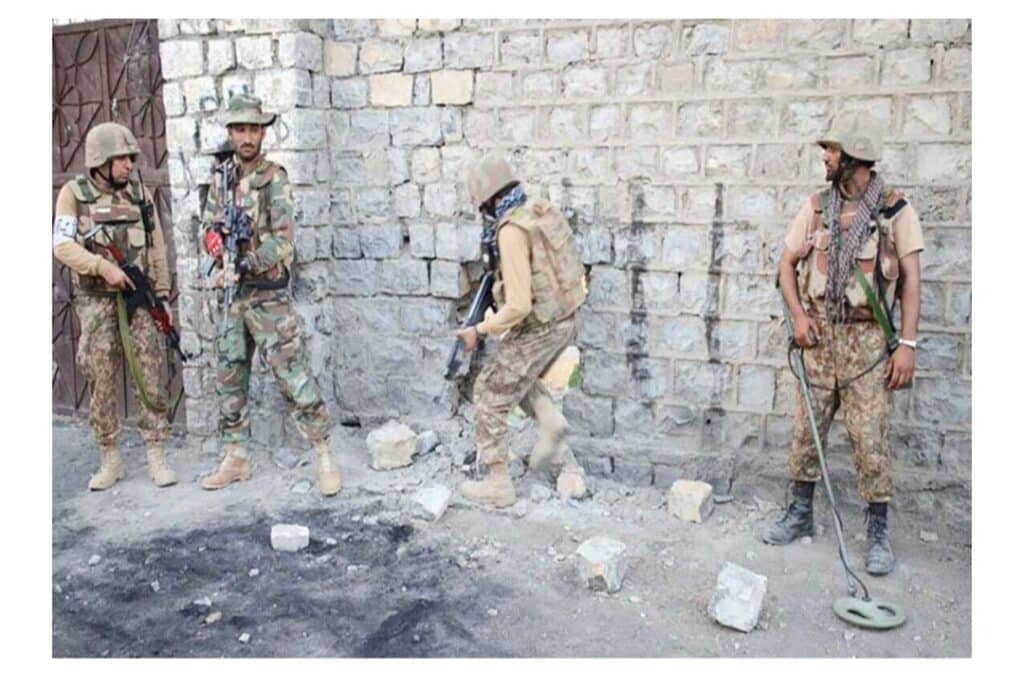Nearly twenty-five years have passed since the September 11 attacks shook the United States, reshaped global security, and triggered what was hailed as the most coordinated counterterrorism campaign in history. In that time, America has waged wars, toppled regimes, killed or captured al-Qaeda’s masterminds, and driven the so-called Islamic State from its strongholds. Yet the grim irony cannot be ignored: the Taliban once again rule Afghanistan, al-Qaeda affiliates still operate across three continents, ISIS survives as a movement, and the United States finds itself facing a more complex threat environment than ever before. For all the triumphs on the battlefield, America has failed to win the war of ideas and that failure continues to haunt it.
The military victories of the post-9/11 era were staggering in scale. Washington established the Department of Homeland Security, the National Counterterrorism Center, and other specialized institutions. Its forces killed or detained more than three-quarters of al-Qaeda’s leaders and fighters. Fifty million people were declared liberated from despotic or terrorist rule. More than $140 million in extremist-linked assets were seized. The campaigns in Afghanistan and Iraq showcased America’s unmatched technological superiority, with rapid victories that seemed to validate a new era of warfare.
But beneath these achievements lay a dangerous illusion. The belief that terrorism could be defeated primarily through drones, raids, and intelligence left little room for the reality that al-Qaeda, the Taliban, and later ISIS were not simply military opponents. They were transnational movements fueled by ideology, grievance, and the promise of identity. While U.S. special forces eliminated one figurehead after another, new recruits were radicalized online and energized by narratives that spoke to broader communities of disillusioned Muslims across the globe. The result is stark: there are now five times as many Salafi-jihadi groups designated by the U.S. State Department as there were on September 11, 2001. Numerically, the threat is stronger despite two decades of unrelenting warfare.
Washington was not blind to the importance of soft power. Programs like Countering Violent Extremism sought to empower civil society to prevent radicalization before it took root. Initiatives such as Sisters Against Violent Extremism helped families recognize early warning signs in youth, while Viral Peace trained community leaders to push back against hate online. Former extremists were even brought into schools and community centers to share their cautionary tales. Yet all of these efforts were underfunded, short-lived, and overshadowed by the overwhelming reliance on military might. The ideological battlefield remained largely uncontested, and extremists continued to exploit social media, gaming platforms, and cultural spaces far more effectively than governments.
The United States now faces a new wave of extremism that is broader and more dangerous than anything envisioned in 2001. It is not only jihadist groups that pose a threat but also surging hate movements at home and abroad, inspired by populism, anti-immigrant sentiment, and the ripple effects of events like Hamas’s October 7, 2023 attack on Israel. What makes this environment even more perilous is that U.S. agencies have pulled back from prevention. The Department of Justice dismantled its domestic extremist unit, the FBI has reduced resources for investigating domestic terrorism, and the Department of Homeland Security has curtailed critical programs once aimed at targeted violence prevention. The dots are no longer being connected, leaving the country exposed to threats multiplying in both scale and diversity.
Technology has only accelerated the danger. Terrorists are already experimenting with artificial intelligence to create deepfakes, manipulate online narratives, and enhance their operational capabilities. They exploit every platform where younger generations gather TikTok, Instagram, Telegram, gaming communities using memes, music, poetry, and influencers to draw in recruits. At the same time, drones have emerged as one of the most alarming tools in modern conflict. From Ukraine to Gaza, from Hezbollah to the Houthis, unmanned aerial systems have proven decisive. In the United States, Customs and Border Protection reported nearly 7,000 drone incursions from Mexico in just six weeks, yet Congress has failed to produce meaningful legislation to defend against such threats. The homeland remains frighteningly vulnerable.
In contrast, Europe has taken bolder steps to confront the digital dimension of extremism. The European Union’s Digital Services Act demands accountability from technology companies and attempts to clean up the online space. It is imperfect, but it represents a recognition of the problem that Washington has resisted. The Trump administration strongly opposed the measure, and Silicon Valley has shown little willingness to reform itself. Meanwhile, extremist recruiters continue to operate with impunity in America’s vast and chaotic online ecosystem, manipulating identity, belonging, and grievance to lure in new generations.
The lessons of the past twenty-five years are sobering. America mastered the art of killing terrorists but neglected the task of preventing their replacement. It invested billions in hardware, while starving programs that could have built resilience in communities. It imagined that military superiority would suffice, even as ideology proved the more enduring weapon. The Taliban’s return to power in Kabul is not merely a regional failure; it is a symbol of how little progress has been made in addressing the roots of extremism.
If the United States hopes to avoid repeating the mistakes of the past, it must reinvent its approach. Cultural intelligence the ability to understand and engage with the values, identities, and digital environments of younger generations is as critical to national security as drones or satellites. Soft power innovation, whether through gaming, podcasts, streaming media, or grassroots education, must become a central pillar of counterterrorism strategy. Without it, America will continue to mistake temporary battlefield victories for lasting safety.
Two and a half decades after the tragedy of 9/11, the uncomfortable truth is that the United States is not safer. It is stronger in arms but weaker in ideas, surrounded by more terrorist groups than before, and divided at home by rising hate. Unless it learns to wage the battle of narratives with the same urgency as the battle of bullets, the next twenty-five years will look dangerously familiar: enemies defeated, threats reborn, and a nation still struggling to understand why security always remains just out of reach.





